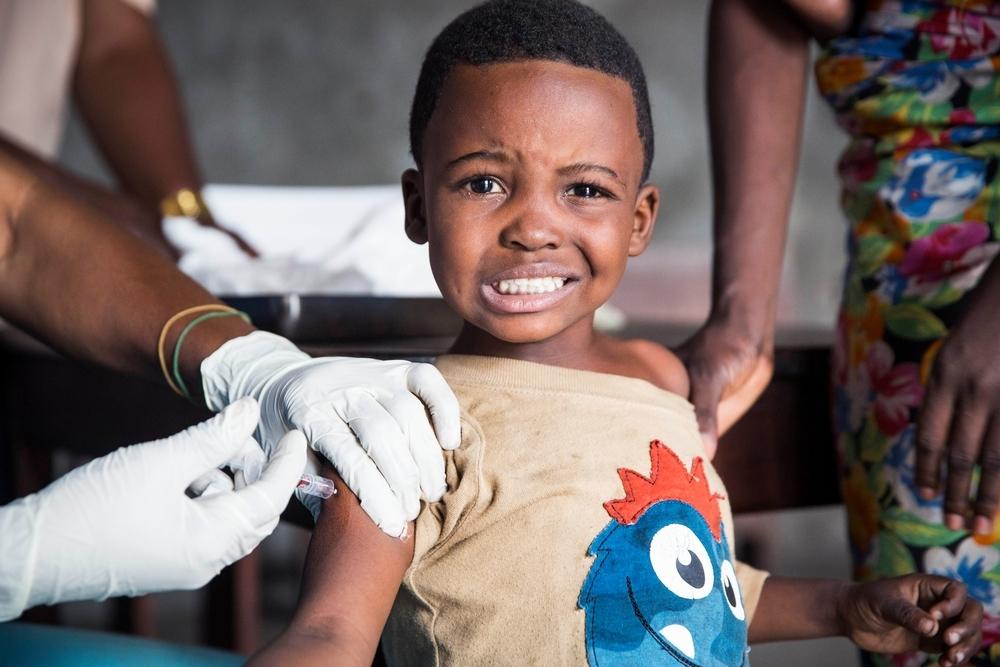Public health experts are sounding the alarm as new research suggests the world may be on the brink of a yellow fever pandemic, driven by a perfect storm of ecological, epidemiological, and global mobility factors.
According to scientists and infectious disease specialists, rising global temperatures, expanding mosquito habitats, declining vaccination rates, and increased international travel have created ideal conditions for the rapid spread of yellow fever — a deadly mosquito-borne viral disease once thought to be largely contained to parts of sub-Saharan Africa and South America.
Yellow fever is transmitted by the Aedes aegypti mosquito, the same vector responsible for spreading Zika, dengue, and chikungunya. While many infected individuals experience only mild symptoms such as fever and headache, a significant proportion go on to develop severe illness, including jaundice, internal bleeding, organ failure, and in some cases, death. The World Health Organization estimates that yellow fever kills up to 60,000 people annually, despite the availability of a highly effective vaccine.
Researchers are particularly concerned about the virus’s potential to reach densely populated urban centers that have not historically dealt with yellow fever outbreaks. A growing number of global cities — including those in Asia, which has never experienced endemic yellow fever — are now vulnerable due to increased mosquito populations, climate-driven shifts in disease ecology, and unvaccinated populations.
“Climate change is extending the geographical reach of Aedes mosquitoes, allowing them to thrive in areas where they were once unable to survive,” said Dr. Maria Delgado, an epidemiologist at the Global Virology Institute. “We’re seeing greater overlap between high-risk mosquito habitats and major travel and trade hubs, raising the stakes for rapid international transmission.”
Adding to the risk is the fact that many countries have seen reduced yellow fever vaccination coverage in recent years, largely due to strained healthcare systems, vaccine supply shortages, and the disruptive effects of the COVID-19 pandemic on routine immunization programs. In some regions, routine vaccination campaigns have fallen by more than 20%, leaving millions of people vulnerable to infection.
The threat is not hypothetical. In recent years, yellow fever outbreaks have resurged in parts of Nigeria, Angola, and Brazil — including in major urban centers where the disease had been largely dormant for decades. These outbreaks have overwhelmed local health systems and required emergency vaccination campaigns to contain their spread.
Experts fear that if yellow fever were to take hold in a non-endemic country with a large unvaccinated population, the consequences could be catastrophic. Asia, in particular, is viewed as highly vulnerable. Although the region has not reported indigenous cases, it has the right combination of susceptible populations, widespread Aedes mosquitoes, and high-volume international travel.
“Yellow fever has the potential to be the next global health emergency if we don’t act quickly,” said Dr. Leila Mendez, a vaccine specialist with the World Health Organization. “We have the tools to prevent a pandemic — namely, an effective vaccine and vector control measures — but we need coordinated global action to deploy them proactively, not reactively.”
To counter the growing risk, scientists and health authorities are urging governments to prioritize yellow fever vaccination in high-risk areas, strengthen disease surveillance systems, and invest in mosquito control programs. Additionally, travelers to endemic regions are advised to receive the yellow fever vaccine and take preventive measures to avoid mosquito bites.
The warning comes as global health systems continue to grapple with the long-term effects of COVID-19 and as emerging infectious disease threats continue to challenge global preparedness.
“Yellow fever is an old disease, but in today’s interconnected world, it has the capacity to cause new devastation,” Dr. Delgado added. “Now is the time to act — before we find ourselves in the midst of another global crisis.”
As scientists continue to monitor conditions, the hope remains that increased awareness and swift international cooperation can prevent yellow fever from becoming the next pandemic headline.




